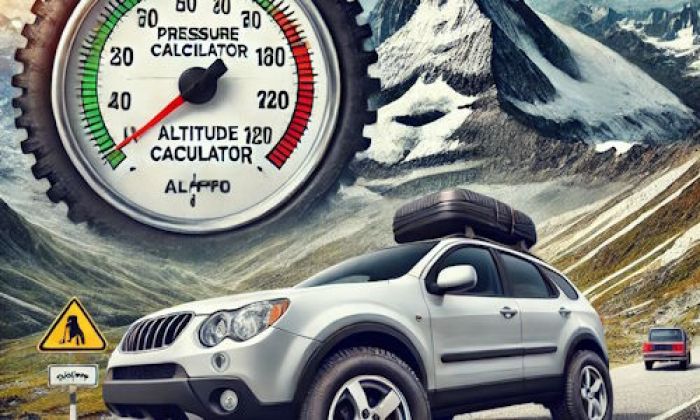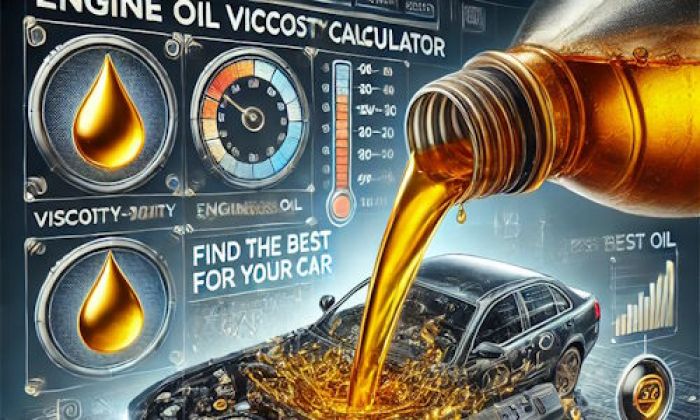Whenever you have problems with engine oil in your vehicle, the best thing to do is to stop driving the car. The engine has to be lubricated at any moment when you run your vehicle. Otherwise, the engine can be fatally damaged and die in a matter of minutes.
In this article, I will tell you about the most common oil problems in modern engines and also about the ways to fix these problems. I will add links to other articles at Cararac.com and you'll be able to investigate the problem with some additional research to help you solve it.
.jpg)
Oil consumption problems
After about 50,000 miles, all engines start burning some oil. After 100K miles, this consumption becomes significant and you need to top up the oil regularly. Unfortunately, the proper fix for oil consumption is to repair the engine by overhauling it.
The most common reasons for the engine to burn oil are worn-out valve seals and piston rings. These parts prevent oil from getting into the combustion chambers. When they are worn out, oil starts getting in there and eventually burning together with gas or diesel.
The cost of repair is pretty high - even if you are going to do the work on your own. Parts aren't that cheap and you will spend a lot of time on this. But if your vehicle burns oil, its level will drop and you will find your engine on the edge of fatal failures unless you top up the oil regularly.
Oil consumption highlights:
- Level of urgency:high
- Average mileage:over 100,000 miles
- Repair cost:$900 - $3,500
- DIY repair:possible but extremely complicated
- Commonreasons:worn-out valve seals, piston rings, internal engine problems, turbocharger problems
- If ignored:fatal engine damage, catalytic converter contamination, EGR system contamination
- How to solve:replace the worn-out parts, inspect the engine for oil consumptionreasons
Oil leaks problems
Sometimes, the low level of oil doesn't necessarily mean that your engine burns oil. There may be a leak. In this case, you should distinguish between the inner and outer leaks.
When the oil leaks outside, the problem is not that huge and often can be solved quickly. You may find oil on the serpentine belt or see some traces of leaked oil on the parts of the engine.
Internal leaks are way more dangerous and they are also harder to find. If you see oil in coolant, this may mean that the heat exchanger is blown or the head gasket is dead. Finding engine oil in the coil pack may mean there are leaks in the head. It may even be cracked.
While new engines with low miles will almost never leak oil, older machines have a common problem of oil leaks and you should keep an eye on it. Also, remember that the oil level shouldn't fluctuate without a reason. Every time the oil level goes down, you should find the proper reason for this.
Oil leaks highlights:
- Level of urgency:medium
- Average mileage:over 50,000 miles
- Repair cost:$200 - $1,800
- DIY repair:only in some cases
- Commonreasons:head gasket, other gaskets, seals, fasteners
- If ignored:low engine oil level, contamination of units under the hood, engine damage
- How to solve:locate the leak and repair the system that is leaking
Oil level problems
There are a lot of questions that have something to do with the oil level. For example, can you put oil in the engine when it's hot? It's not that bad but it's recommended to wait a couple of minutes just to avoid injuries. But you should certainly turn off the engine before opening the oil cap.
Also, there are myths that low engine oil levels can cause bad gas mileage or some issues with the timing chain. While a lot of myths are not true, the timing chain and the tensioner actually rely on oil and can be damaged with a low oil level.
Checking the oil level is pretty easy if your vehicle has a dipstick. A lot of modern cars have no dipstick in the engine, so checking their oil level is only possible on the touchscreen thanks to level sensors.
But what if the oil level on the dipstick is too high? It means you overfilled the engine oil and it's now pretty dangerous to drive your car. Even 300 ml of overfilled oil can cause several problems. If this happens to you, never look for any symptoms or signs - just get rid of excessive oil by pumping it out with any possible method.
Oil level problems highlights:
- Level of urgency:medium
- Average mileage:not related to mileage
- Repair cost:$5 - $550
- DIY repair:yesbutmaybe complicated
- Commonreasons:overfilled oil, coolant leaking into oil, gas leaking into oil
- If ignored:fatal engine damage, catalytic converter damage
- How to solve:add oil or pump it outdependingon the nature of the problem
Oil-related problems
I've seen many engines being replaced due to oil-related issues, so this section is important.
It's not that uncommon for engines to blow after an oil change. This may happen if the wrong oil was used. Also, if your engine runs even for several seconds with zero oil pressure (without any oil), it's obvious you will have issues with the engine in the future.
But low pressure is not the only possible problem. There are issues with gas in your oil or other liquids like coolant diluting the oil and making it inefficient. They may lead to quick engine death or degradation.
If you spot the low-oil-pressure warning light, you should immediately turn off the engine. Driving like this is a very bad idea.
Also, it's not impossible to damage your engine with inappropriate oil, for example, with the wrong viscosity.
Oil-related issues highlights:
- Level of urgency:high
- Average mileage:not related to mileage
- Repair cost:$0 - $1,900
- DIY repair:possible, in some cases
- Commonreasons:wrong oil, heavy oil consumption, leaks, engine problems
- Ifignored:fatal engine damage
- How to solve:use proper oil, check level regularly, solve issues withleaks
Oil viscosity problems
When the engine oil is too thick or too thin, this may lead to extreme problems with the engine. You need to always make sure that you use the proper oil type in your vehicle to avoid issues that may lead to premature engine death.
If you use thicker oil than recommended (5w30 instead of 5w20, for example), this may lead to issues with thin oil passages, and the thick oil will not be able to go through them. But when the difference is extreme like using 10w30 while the recommended type is 0w20, this will lead to fatal issues pretty fast.
Although the thicker oil will most likely reduce oil consumption, it will also reduce the engine lifespan.
If you use a thinner than recommended oil type, the oil pressure may not be high enough to lubricate all the parts in your car.
Oil viscosity problems highlights:
- Level of urgency:medium
- Average mileage:not related to mileage
- Repair cost:$250 - $350
- DIY repair:possible
- Commonreasons:wrong oil, wrong mechanic's advice
- Ifignored:reducing the lifespan of the engine
- How to solve:justchange the oil and use the recommended or OEM type
Oil system cleaning problems
It's one of the myths that the oil system in your engine requires regular cleaning and flushing. I see more and more articles about ATF cleaning for engines. The idea is that people use automatic transmission fluid which is of low viscosity and pour it into their engines instead of oil. Then they drive with the ATF for 500-1000 miles and change it to normal oil.
I need to put it straight - this is a very bad idea. Flushing your engine oil system is only needed in some specific cases. Doing this without understanding what you are doing may easily destroy your engine.
Especially, when you use ATF for cleaning the engine. This low-viscosity oil may just not lubricate all the needed parts in your engine and it may be worn out very quickly. Also, the sludge that you clean may clog some thin passages in the engine and it will not be lubricated properly after that.
Oil system cleaning highlights:
- Level of urgency:medium
- Average mileage:not related to mileage
- Repair cost:$0 - $250
- DIY repair:possible
- Commonreasons:usingbadengine flushing methods
- If ignored:engine damage, poor lubrication
- How to solve:use proper oil andnormalintervals,don't flush the engine if it's notneeded
About the authors
The CarAraC research team is composed of seasoned auto mechanics and automotive industry professionals, including individuals with advanced degrees and certifications in their field. Our team members boast prestigious credentials, reflecting their extensive knowledge and skills. These qualifications include: IMI: Institute of the Motor Industry, ASE-Certified Master Automobile Technicians; Coventry University, Graduate of MA in Automotive Journalism; Politecnico di Torino, Italy, MS Automotive Engineering; Ss. Cyril and Methodius University in Skopje, Mechanical University in Skopje; TOC Automotive College; DHA Suffa University, Department of Mechanical Engineering






Add comment